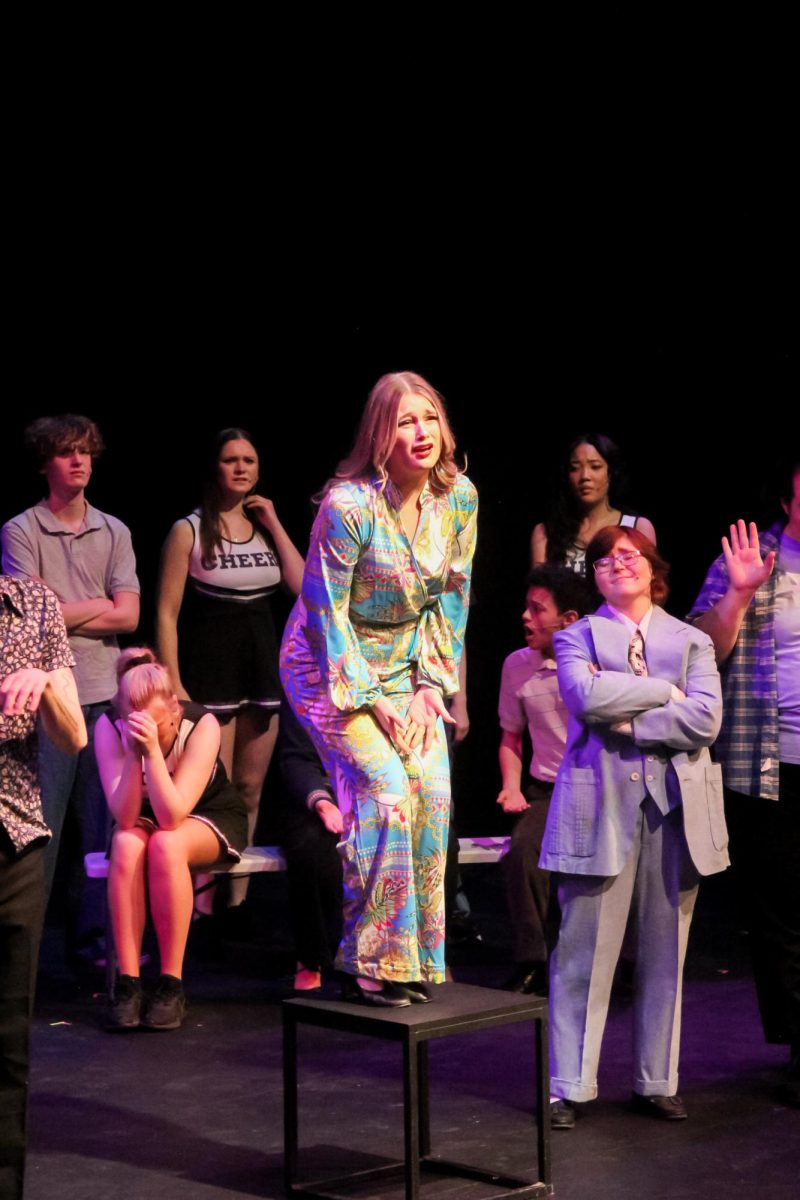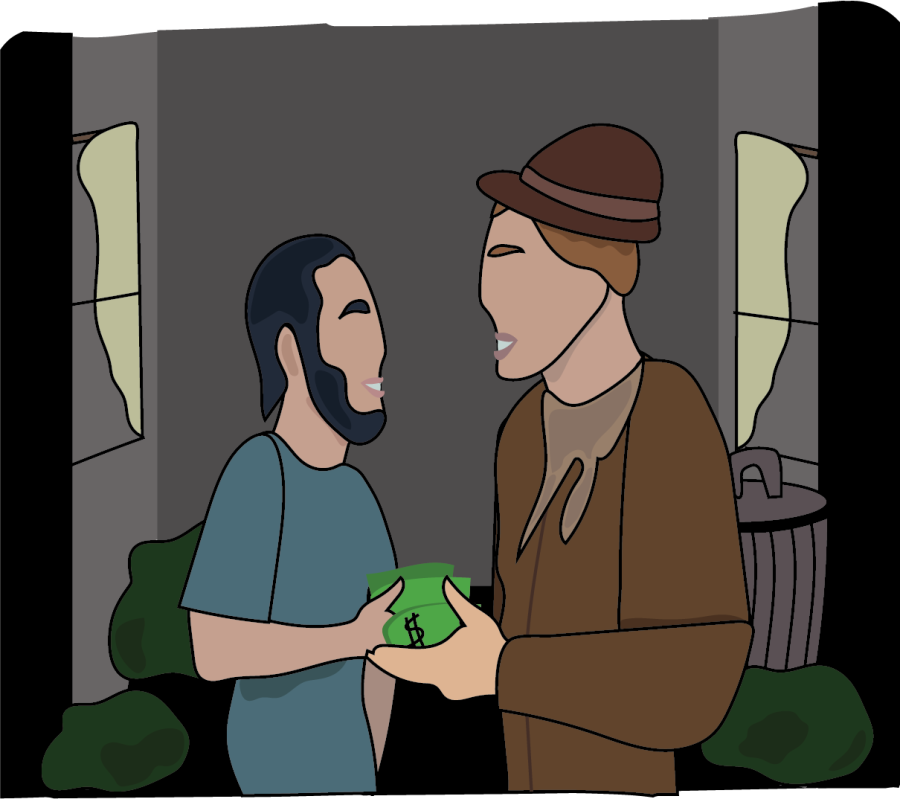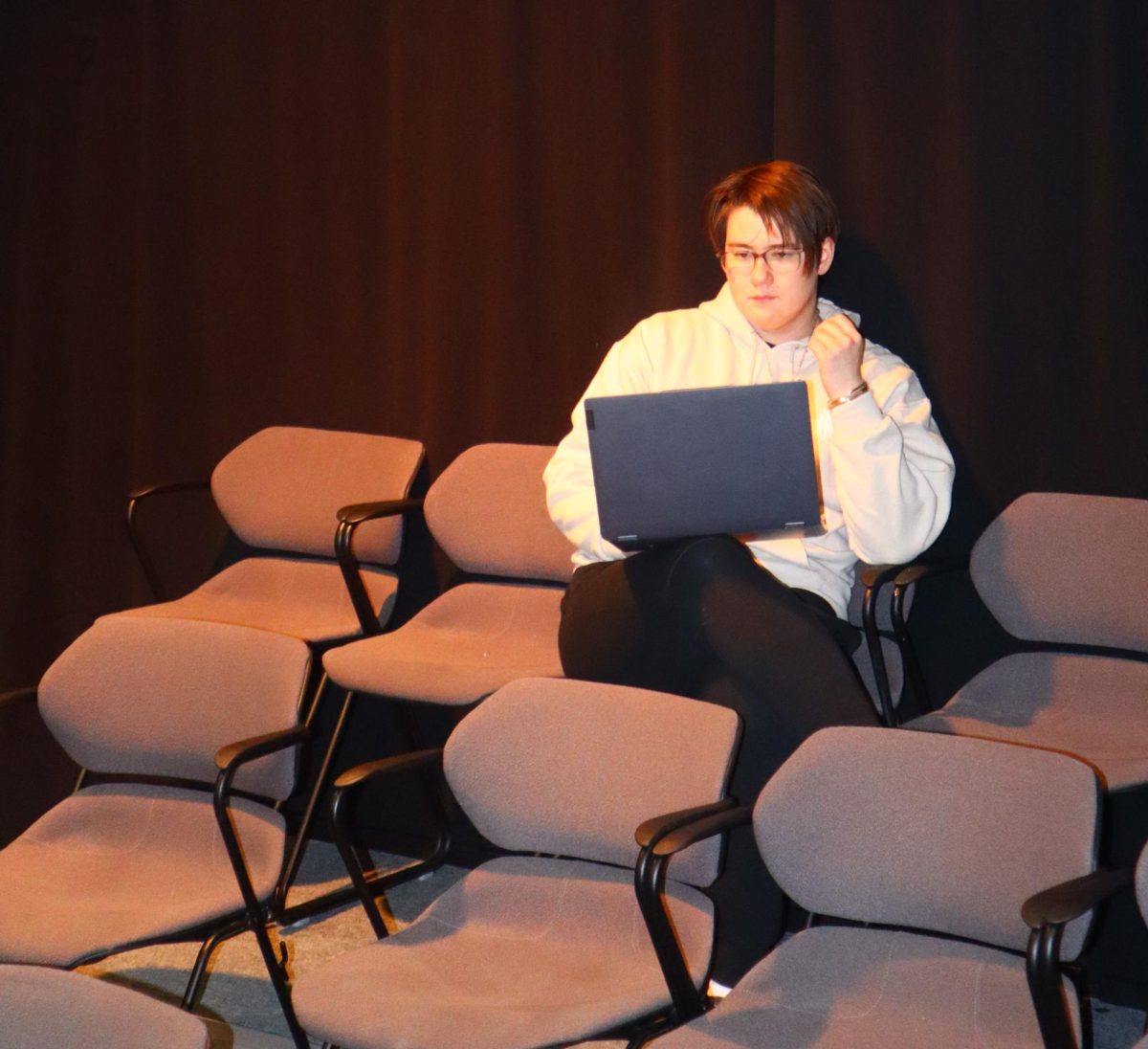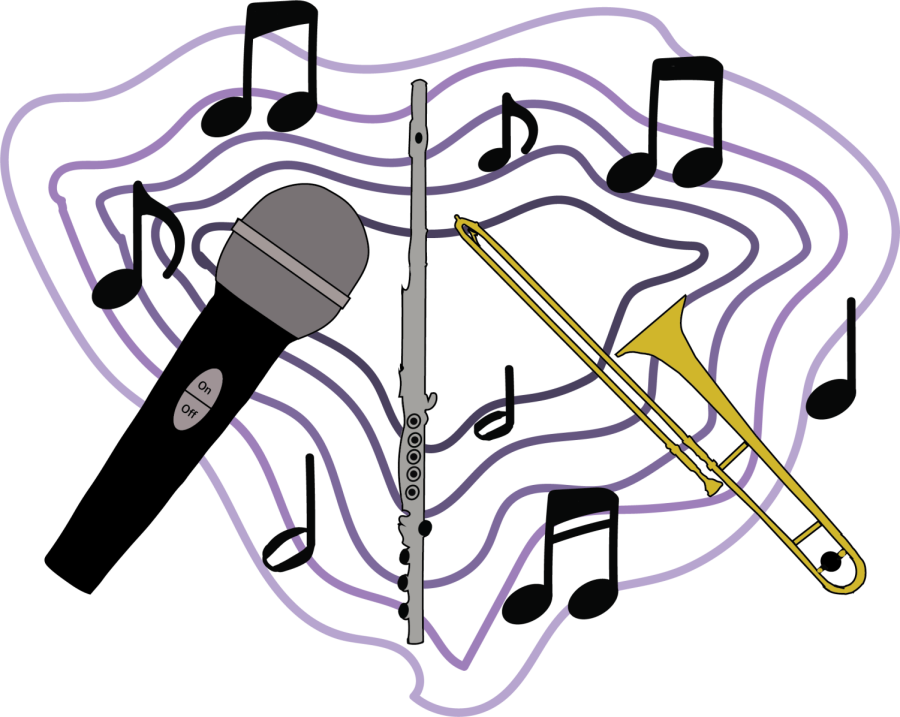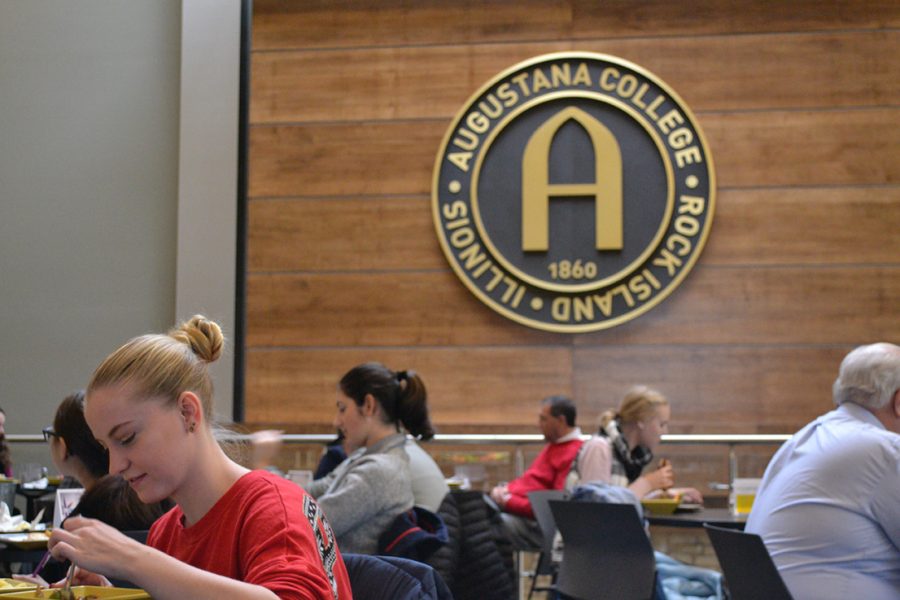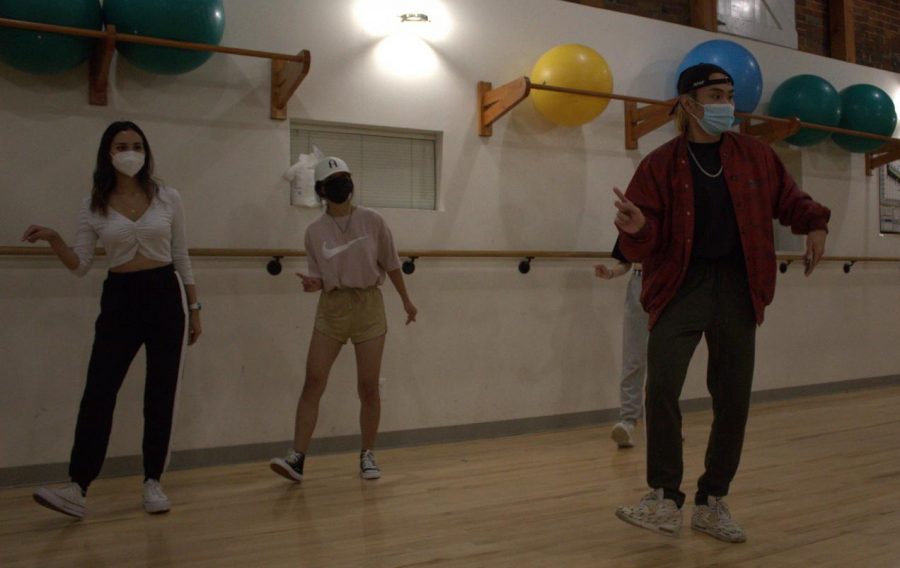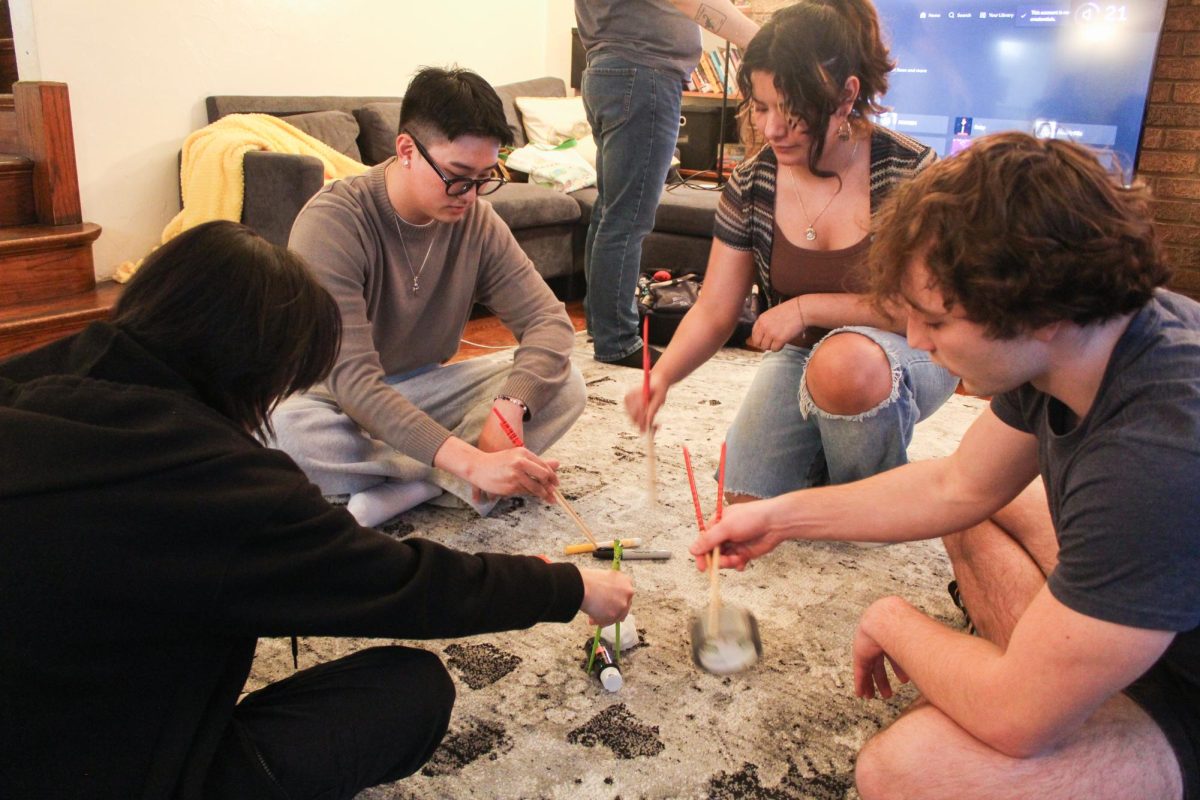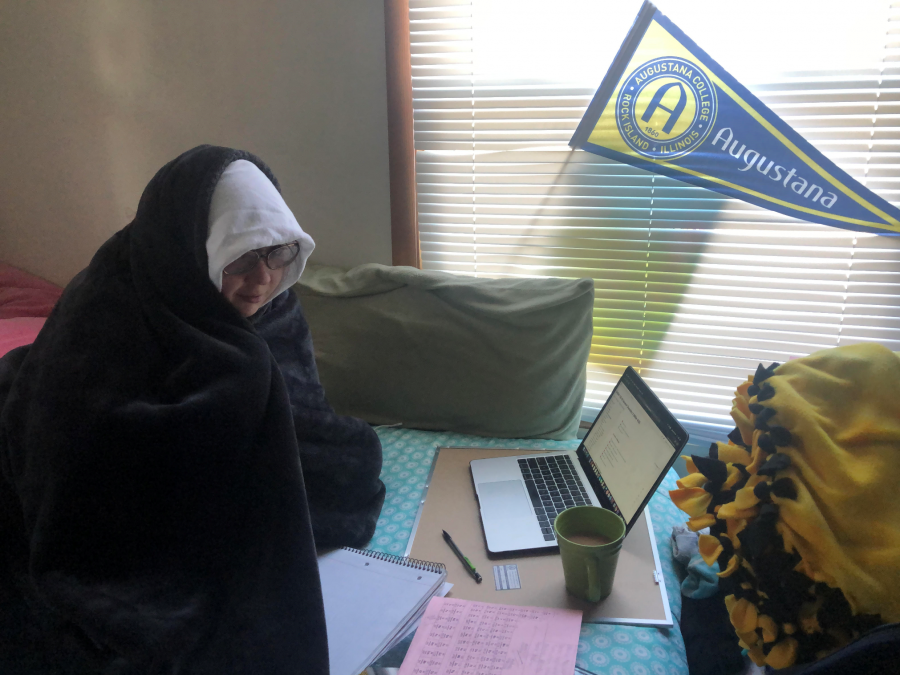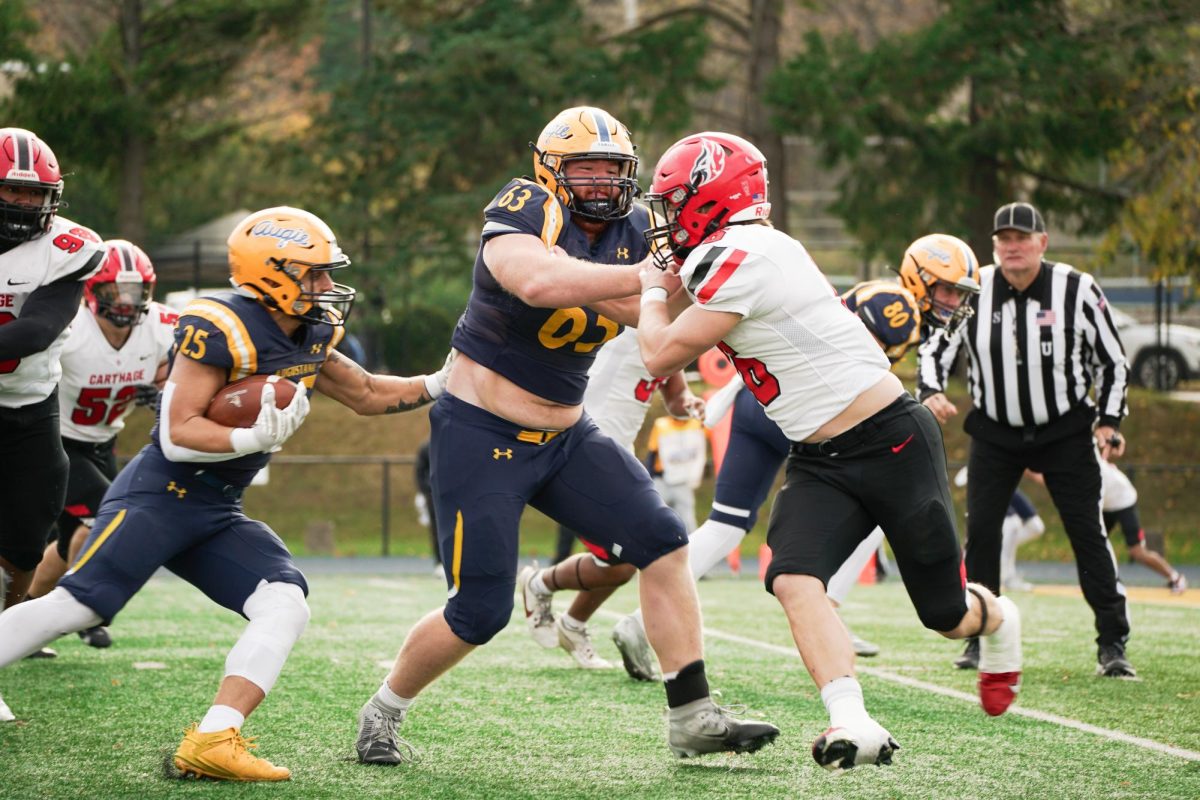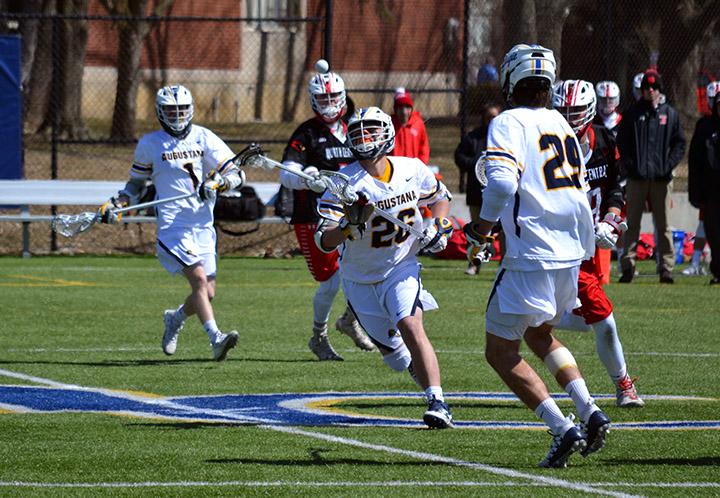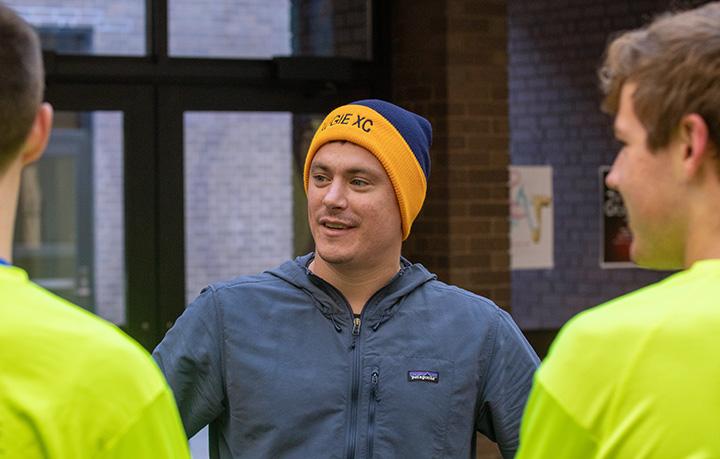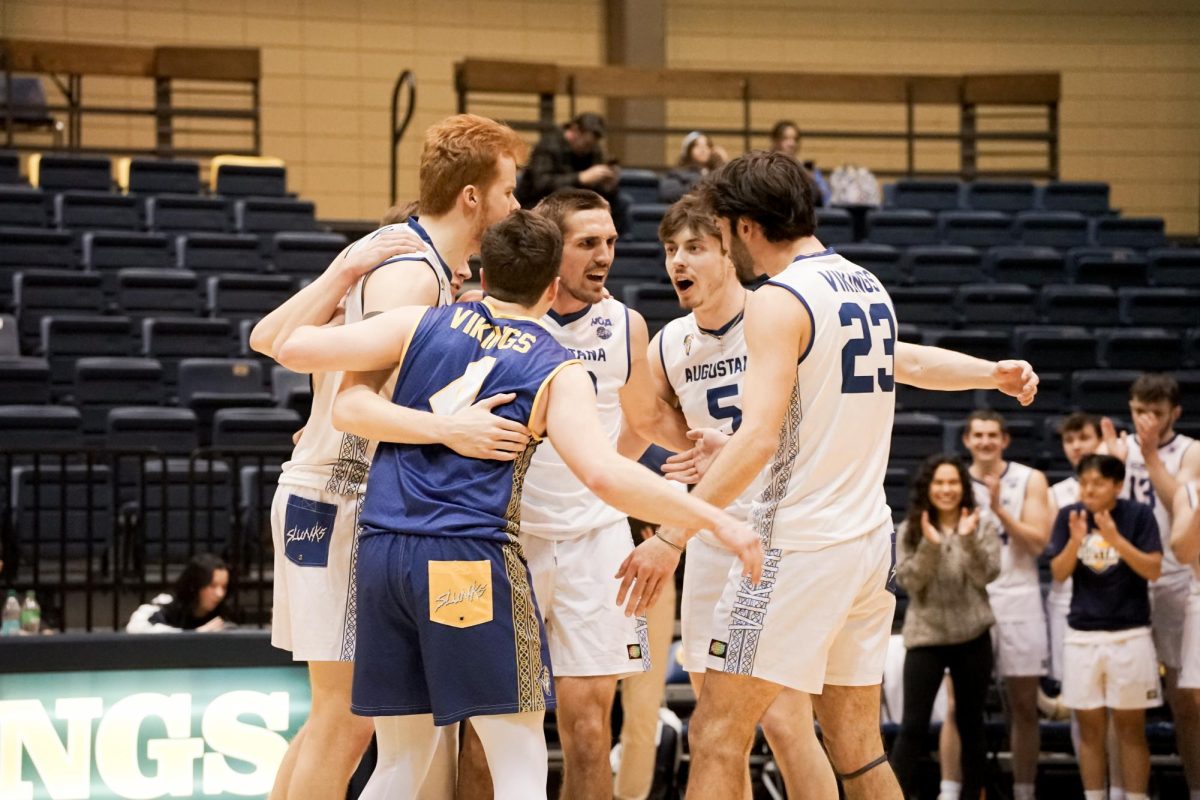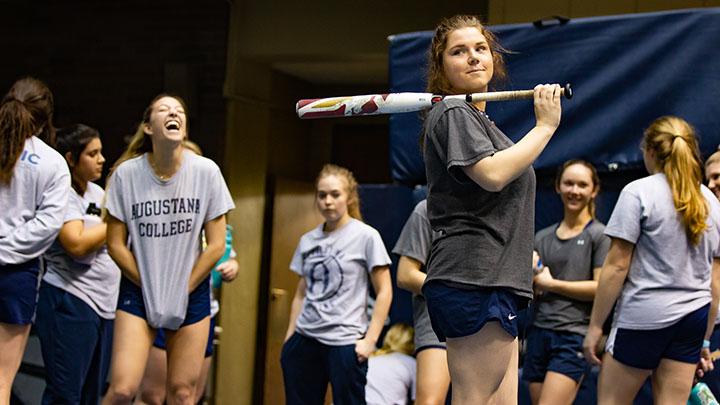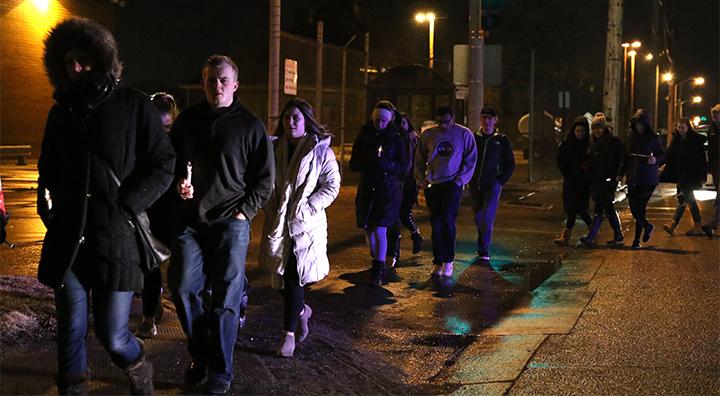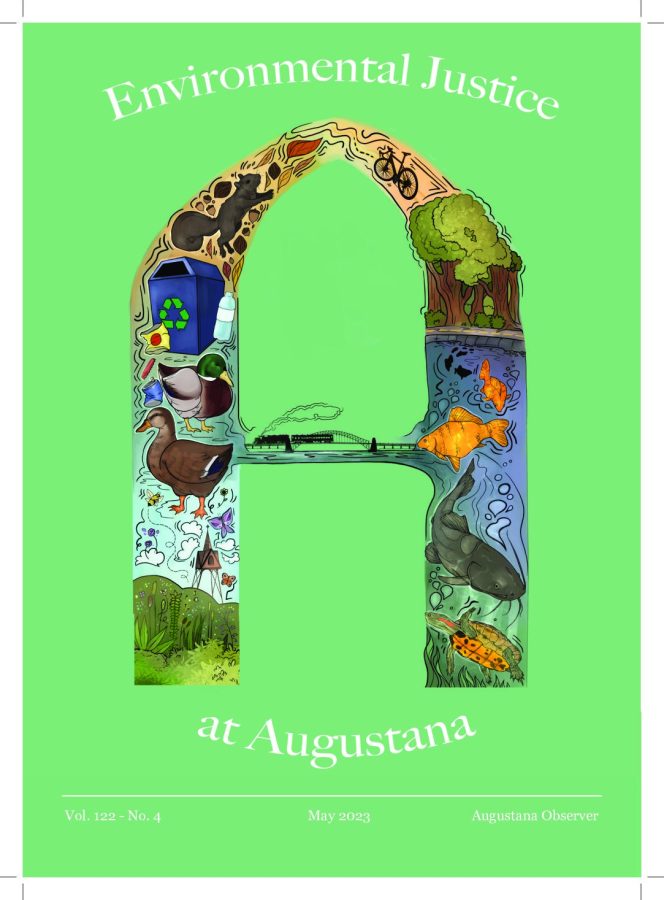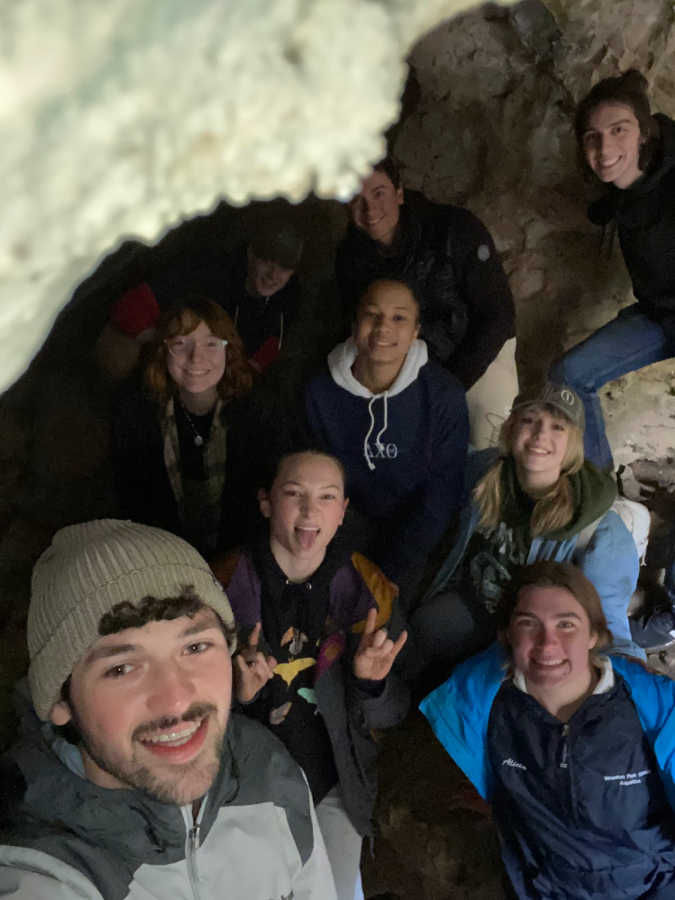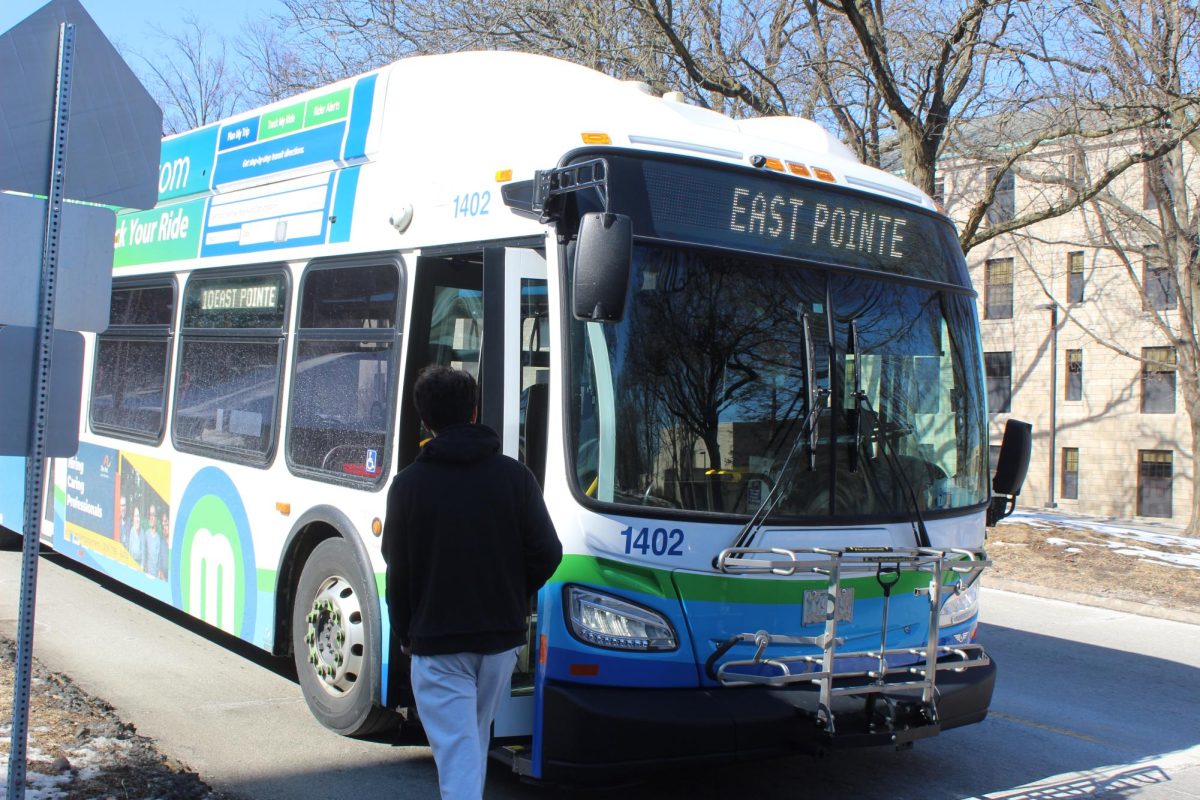Student feedback is one of the most important aspects of running a successful college institution as many students learn and live at the school they attend.
With this in mind, it must be an environment in which they are comfortable sharing their voice and have the opportunity to do so.
Augustana should provide its students with easier, more accessible ways of providing feedback, which go beyond one-on-one meetings in their first year or IDEA forms.
The existing ways of collecting student feedback encompass a very small portion of the voices of student life.
A student’s first year of college is one of the times they need the most support during their academic career as it is packed with change and adjustments.
Because of all of the different and new opportunities they are experiencing, they should know what their outlets are to give their opinions on what does and does not work to help them transition and learn.
Being able to express how they feel on certain topics is necessary for student success, so opportunities for feedback must be well-known and easily accessible.
First-Year students have mandatory one-on-one meetings with their peer advisor and CA, which is beneficial in terms of living arrangements and their overall adjustment to college.
However, depending on how the meetings go, they can be relatively surface-level.
These meetings may not provide a consistent and equal way for all students to express their concerns and opinions.
Although this is a good tool, it might not be an option for all students, such as those living off campus, and it may fail to address a broad range of concerns.
These meetings only cover a small portion of student life and are only really an option for First-Year students.
Students should also have an easy way to give feedback on bigger issues that will be taken seriously quickly, and more opportunities to give feedback on their education.
Augustana does provide some resources for students to utilize to give feedback, such as IDEA forms which students complete for each of their courses at the end of the semester.
These forms provide information that gives professors “suggestions for improvement. It also acts as summative feedback that can be used as a component of a more comprehensive system of faculty evaluation.”
However, it should be noted that the responses given should not be used alone, but instead in conjunction with direct evidence of student learning.
The issue is not that there are no resources available for giving feedback, though a school can never have too many, but these resources for student feedback are sometimes hard to find.
There are some to be found on the very extensive and at times difficult to navigate website, and some of them are buried or require students to go down a rabbit hole.
It can also be difficult to know which resource to use for different issues, and some issues may not even have a feedback form readily available.
It is also necessary for students to feel heard.
If they give feedback saying they do not think something works well or that there is a better way for something to be set up, they should know that their opinion is taken into account.
Having resources and forms for students to use their voices is not enough if they are not heard. Augustana needs a more accessible means of collecting student feedback if it expects its students to feel as if they are being heard.






